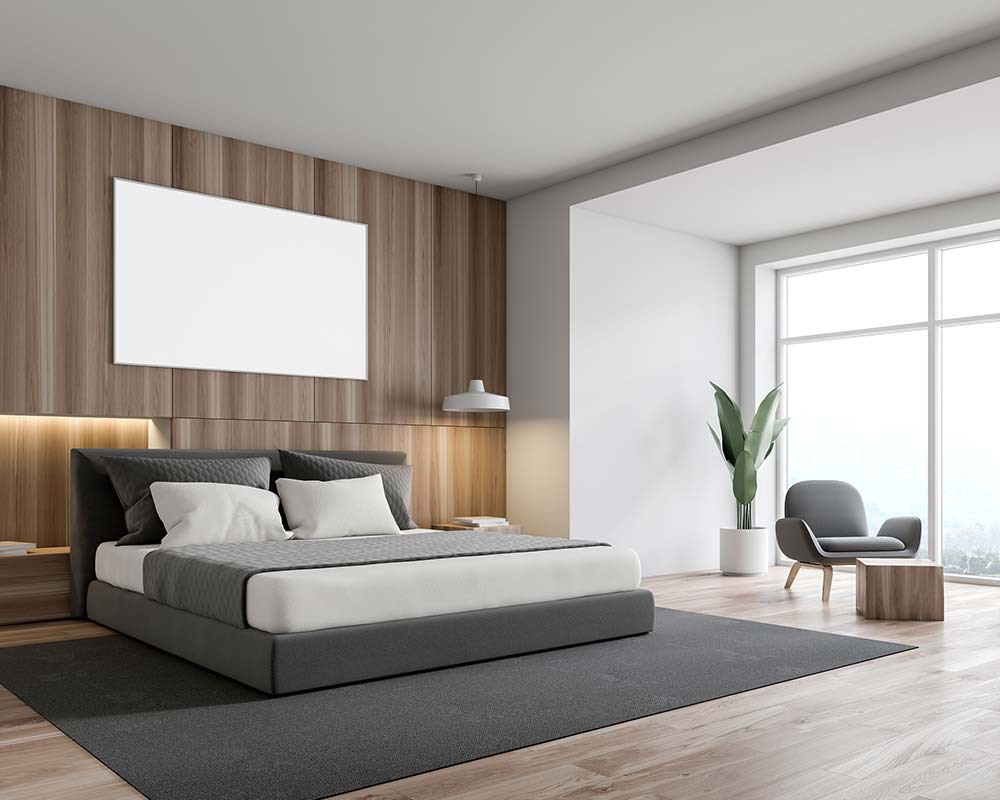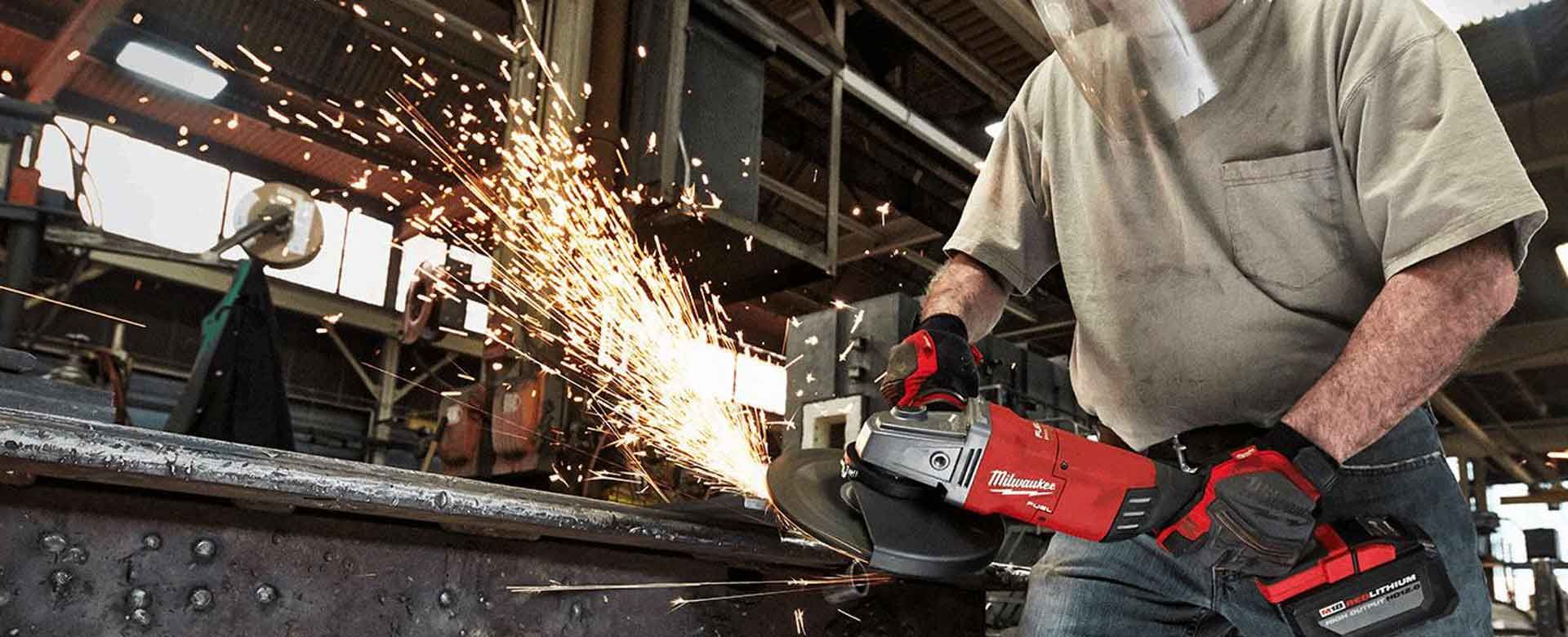- Industrial Supplies
- Coating & Finishing Systems
- Compressed Air Systems
- Assembly Tools
- Industries Served
- Aerospace & Defense
- Automotive & Specialty Vehicles
- Cannabis
- Construction & General Contracting
- Countertop Fabrication & Installation
- Food Processing
- Healthcare & Medical
- Logistics & Distribution
- Manufactured Building & Housing
- Manufacturing
- Metal Fabrication & Steel Works
- Millwork, Cabinetry, & Woodwork
- Packaging
- Pallets & Containers
- Plastics
- School Systems & Universities
- Signage
- Signs & Displays
- Textiles & Nonwovens
- Window & Door Installation
Are ADUs the solution to the housing crisis?
Families nationwide are struggling to buy homes even as the Baby Boomers, the largest generation in history, want to age in place. Accessory Dwelling Units, or “ADUs” could reduce the housing crisis and enable older Americans to live with family while maintaining their independence. But in many states and cities, ADUs are prohibited. Baby Boomers are staying in their homes or have dual home ownerships, further compounding the issue of available homes.
It’s created a housing crisis in just about every big city.
The housing crisis — just how big is it?
Let’s look at statistics from across the country. It starts with 30%.
When people spend less than 30% of their income on housing, it’s generally considered affordable. When they spend more than 30% of their income to pay for electricity, water, and rent or mortgage, housing is considered unaffordable. According to a recent report from Harvard’s Joint Center for Housing Studies, roughly half of all U.S. renters spent over 30% of their income on rent and utilities. Many of these people were severely burdened by the cost of housing, spending over half of their income on their homes.
U.S.A. Today reports that 77% of American households cannot afford a median-priced home. Americans are noticing the issue. A survey from the Pew Research Center found that 71% of respondents said young adults today have a harder time buying a home compared to their parents.
Some of the issues can be attributed to the low availability of housing. In the classic supply-and-demand principle of economics, if supply is low but demand is high, prices will go up. And supply is certainly low, although the situation is improving. The Federal Reserve Bank of St. Louis reports that in July of 2016, there were nearly 1.5 million active residential real estate listings. But the housing supply bottomed out in February of 2022, with less than 350,000 listings. The supply has somewhat rebounded, reaching over 909,000 now, but it’s still below pre-pandemic levels.
Due to a shortage of supply, as well as other factors, the median sale price, which hovered between $200,000 and $250,000 for two decades, is now over $400,000. In many areas, it’s much higher, making housing nearly impossible for even modest buyers.
ADUs could alleviate the problem.
Accessory dwelling units and manufactured housing to the rescue?
There are many potential solutions to this problem. Housing vouchers, community land trusts, modular housing, and fewer building regulations have all been discussed as possible options.
Another potential option, one that may not solve the issue but could ease the crisis, is the accessory dwelling unit, also known as a “granny flat.”
An ADU is a separate living unit inside a single-family home or property. They can be newly constructed structures that stand apart from the main house, similar to a guest home, or they can be a home addition that creates a separate living structure attached to the house. They can even be a converted space, such as a garage or outbuilding. Definitions and requirements vary by city and state, but they usually must have a separate entry, a functional kitchen, and up-to-date plumbing.
Legally, they are part of the main property and cannot be bought or sold separately like a condo. The owner of the main property is the owner of the ADU, even if they don’t occupy the space.
These structures can be brought to market as rental properties, providing a comfortable living space for renters. Compared to other forms of housing, they are seen as a simple, affordable, safe living space for low- and moderate-income individuals and families.
Manufactured or “off-site” construction is another option that could create more affordable housing. By manufacturing certain parts of the house or building, such as a wall or entire room, then assembling the units on-site, the total cost of housing can be reduced.
What are the regulations on ADUs and manufactured housing?
 ADU and manufactured housing laws are largely determined by state and local governments, which craft regulations to fit the area’s specific needs.
ADU and manufactured housing laws are largely determined by state and local governments, which craft regulations to fit the area’s specific needs.
Federally, there is little regulation on ADUs. At the local level, however, zoning regulations often limit these units. Certain towns and neighborhoods may have laws that limit ADU options, making it difficult for property owners to offer additional housing. Local concerns about overcrowding, parking congestion, and safety issues have caused mayors and city councilors across the country to ban ADUs.
State governments are trying to address the issue by passing laws prohibiting or limiting bans against ADUs, enabling more families to buy or build. Others are incentivizing these units through tax exemptions or encouraging multifamily properties. The National Apartment Association says that in the spring of 2024, eight states had adopted these policies, while five more were drafting legislation. For example, in South Carolina, a proposal would provide a tax exemption if the homeowner rents their ADU to an individual earning less than 80% of the county’s median income and keeps the unit as an affordable option for at least ten years.
The regulations are complex and regional. The best resource for finding local ADU regulations is eCode360, which provides local housing-specific information.
For manufactured housing, there are some regulations from the federal government. Recent updates from the U.S. Department of Housing and Urban Development (HUD) will speed the building process and cost of these structures by cutting red tape.
Doing our part to help with affordable housing and housing supply
While we don’t build homes, we help top-quality companies provide affordable, reliable housing through traditional and offsite construction.If you are in the modular homes industry, contact our team to discover how we can make your operations even more productive and cost-effective. At Elevated, we’ve been in the business helping companies like yours in the modular space for more than 10 years. Work with us!
-
 December 2, 2019
December 2, 20197 common air compressor maintenance mistakes
When it comes to your business, compressed air represents a significant operating cost. Between the compressor, system, installation, and maintena… -
 December 28, 2020
December 28, 2020All about Milwaukee Tool
Wisconsin is known for a lot of things – the Packers, “going up North” (for those not in Wisconsin that means vacationing), hockey, fishing, weari… -
 January 5, 2021
January 5, 2021Countertop fabrication, finishing, and installing
If you’re in the countertop business as a construction contractor, countertop fabricator, or countertop installer, you’re…